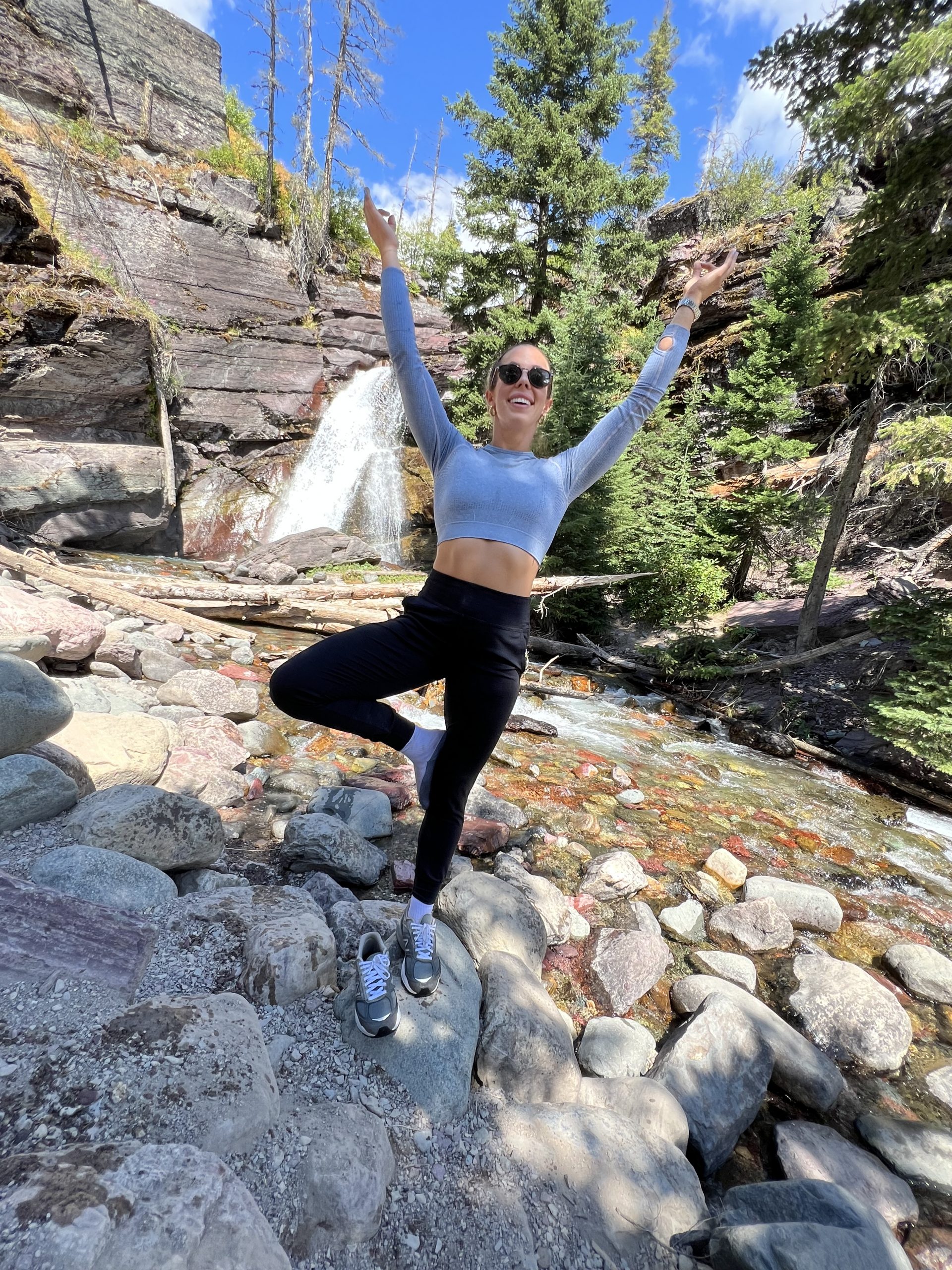
In today’s world, fitness means readiness for daily challenges, not just appearance. Functional fitness is a training approach that focuses on improving your ability to perform real-life activities efficiently and safely. Functional fitness focuses on practical movements for a better quality of life, unlike traditional gym workouts.
By targeting functional movements, you can improve your overall physical health, reduce the risk of injuries, and enhance your everyday performance.. This article will explore some critical exercises essential for functional fitness.
Squats:
Squats mimic daily sitting and standing motions, a fundamental functional exercise.This compound exercise works your quadriceps, hamstrings, glutes, and core muscles. For a squat, stand with feet shoulder-width apart, push hips back, and lower like sitting in a chair. Keep your chest up and your back straight. Push through your heels to return to the starting position. Incorporating squats into your routine can improve your leg strength, balance, and posture.
Deadlifts:
Deadlifts are excellent for strengthening your lower back, glutes, hamstrings, and core muscles. The movement involves lifting a weight from the ground and simulating activities like picking up heavy objects or luggage. For a deadlift, stand hip-width apart, bend at hips and knees, grab the barbell, keep your back flat. Lift the weight by straightening your hips and standing up, then lower it with control. Deadlifts help you develop the strength and stability needed for bending and lifting tasks.
Lunges:
Lunges are versatile exercises that improve leg strength, balance, and coordination. They simulate walking or climbing stairs, making them highly functional for everyday activities. For a lunge, step forward, bend both knees to 90 degrees, then push off front foot to return.. Alternate legs and repeat. Lunges can help prevent knee and hip issues by promoting better leg stability.
Push-Ups:
Push-ups are fantastic for strengthening your upper body, including the chest, shoulders, triceps, and core. They mimic pushing, such as opening a heavy door or getting up from a prone position. To perform a push-up, start in a plank position with your hands slightly wider than shoulder-width apart. Then, lower by bending elbows, keep the body straight, and finally, push back up. Consequently, push-ups build upper body strength and core stability, helping you with various daily tasks.
Planks:
The plank isometric exercise targets your core muscles, helping improve stability and posture. It’s essential for maintaining proper alignment during activities like standing, sitting, or lifting. For a plank, lie face down, prop up on forearms and toes, keep body straight.. Hold this position for as long as possible, aiming to increase your endurance. Planks are excellent for developing the core strength to support your spine and protect against lower back pain.
Farmer’s Walk:
The farmer’s walk is a functional exercise that replicates the action of carrying heavy objects, such as groceries or bags. Hold a heavy dumbbell or kettlebell in each hand to perform a farmer’s walk,Stand tall, engage core, and walk with good posture. Additionally, this exercise challenges grip strength, core stability, and overall body coordination, making it highly practical for everyday carrying loads.
Kettlebell Swings:
Kettlebell swings are a dynamic full-body exercise that builds explosive power and cardiovascular endurance. They mimic picking up an object from the ground and swinging it forward, which is helpful for various real-life scenarios. For a kettlebell swing, stand shoulder-width apart, hold kettlebell, hinge hips, and swing between legs. Next, explode through your hips and stand up, swinging the kettlebell to shoulder height Kettlebell swings enhance your athleticism and help you generate power for lifting and carrying tasks.
Step-Ups:
Step-ups simulate climbing stairs, an everyday real-life activity that requires leg strength and balance. For a step-up, stand in front of a bench, step on it, and push through your heel to lift. Lower yourself back down with control and repeat on the other side. Step-ups adapt to your fitness level with height and weights, suitable for all abilities.
Moreover, functional fitness improves overall functionality and reduces the risk of injuries. Consult a fitness pro for proper form. benefits of functional fitness. Incorporate functional fitness for confidence in real-life activities.